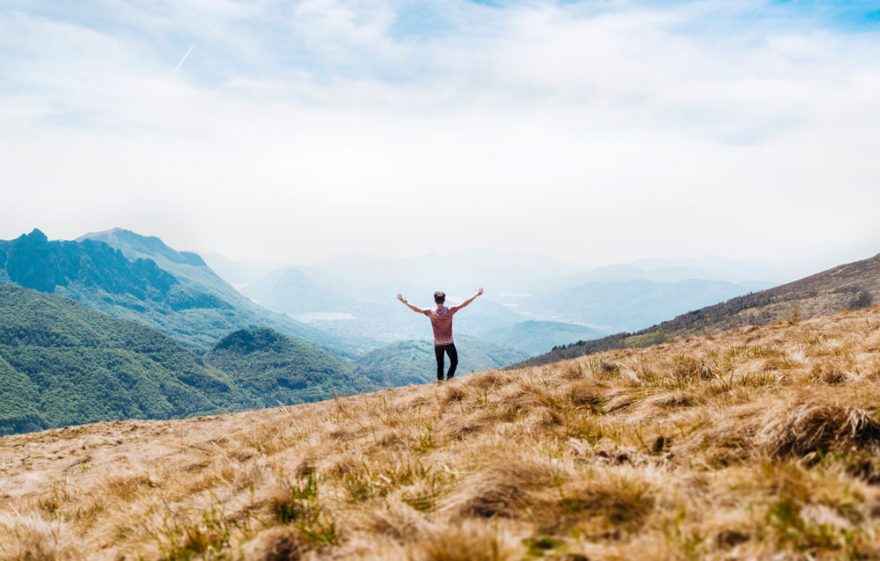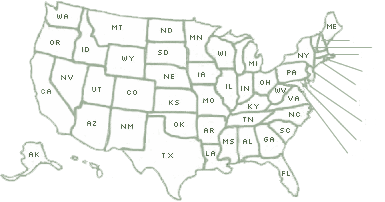
As you know, being a keen outdoors person means you’re constantly on the go.
Up a hill one day, kayaking the next. In order to fully take advantage of the wonderful outdoors, you really need to be on top of your health and fitness. You also need to be able to sustain your energy. A ‘simple’ hike up a mountain can take hours.
Have you ever been on a hike and felt like you’ve just hit the wall and don’t want to go on? This is a major sign you need to refuel your body, properly. Without the right fuel, you’ll burn out before you know it.
Nutrition can be confusing though, if you haven’t ever done much reading into it. That’s why we’ve produced this guide for making sure you have enough energy in the mountains.
Nutrition 101

Although the body is incredibly complex, the fundamentals of how it works can be understood pretty simply.
If you think of your body like a car engine; it needs to be fuelled correctly. If your car is running out of fuel, then you need to fill it up again so it can run properly.
Now, it’s not just as simple as rolling up to a gas station and picking up the fuel pump. You need to make sure it’s the right kind of fuel and this is where it can get a little bit more complicated.
Understanding Food Sources (and what to eat)
There are many myths flying around when it comes to what kind of foods are good for you and what isn’t. Largely, this is due to media hyperbole and uneducated journalism. The truth is, understanding food doesn’t have to be confusing.
Carbohydrates
This is what gives you the most energy from the foods you eat and it comes in many different forms. Simply put, when you consume carbohydrates, your body begins to break it down and convert it into glucose (sugar) for your body to use as energy. Any glucose not used, gets stored as glycogen in the muscles and any extra will get stored as fat.
The trick is to consume the right kind of carbs for longer lasting energy. When your body needs energy, it will dive into the glycogen stores for short, fast energy. If continued energy is needed, then your body will begin to dig into your fat stores.
To avoid the feeling of hitting the wall, you need to make sure you are replenishing your glycogen throughout exercise. Many people simply think about eating before and after, but not during.
Eating the Right Food

Before
Before your hike (around 2-3 hours) you should eat what is known as complex carbs. This provides a sustained form of energy. This kind of food is rice, potato and pasta. You should also eat some protein with this i.e. meat like chicken.
It is important to consume sufficient protein as this is what builds and repairs muscle.
This should be easily digested by your body as it is important to not perform exercise on a full stomach. Your body can then tap into this when needed later on in the day.
During
Throughout your hike you should try to monitor your energy levels. This can be most easily judged by how tired you may feel but also, your concentration levels go down if you are running out of energy.
In order to spike your energy again, you need to consume food which is quickly absorbed by your body. These are typically known as simple sugars or simple carbs.
The best form of this kind of carbs is fruit based products, like energy bars, fruit juices, sports juices and energy gels.
After
Replenishing expended energy is just as important as fuelling yourself correctly in the first place. This is especially true if you are due to be heading out the next day.
A meal similar to your ‘before’ meal should be consumed, with an adequate amount of carbs and protein. The protein works with the carbs to replace energy and also, importantly, rebuild and grow muscle.
 Your Privacy Choices
Your Privacy Choices


 The
The